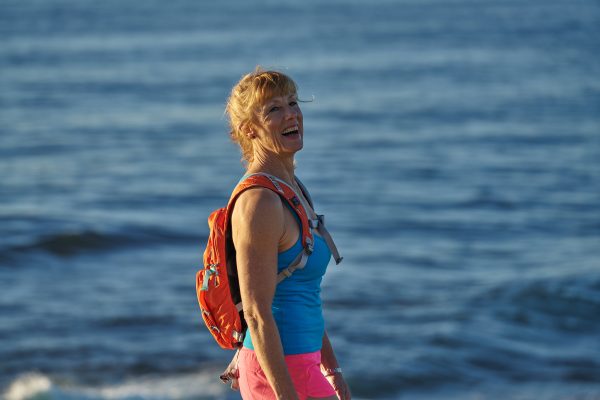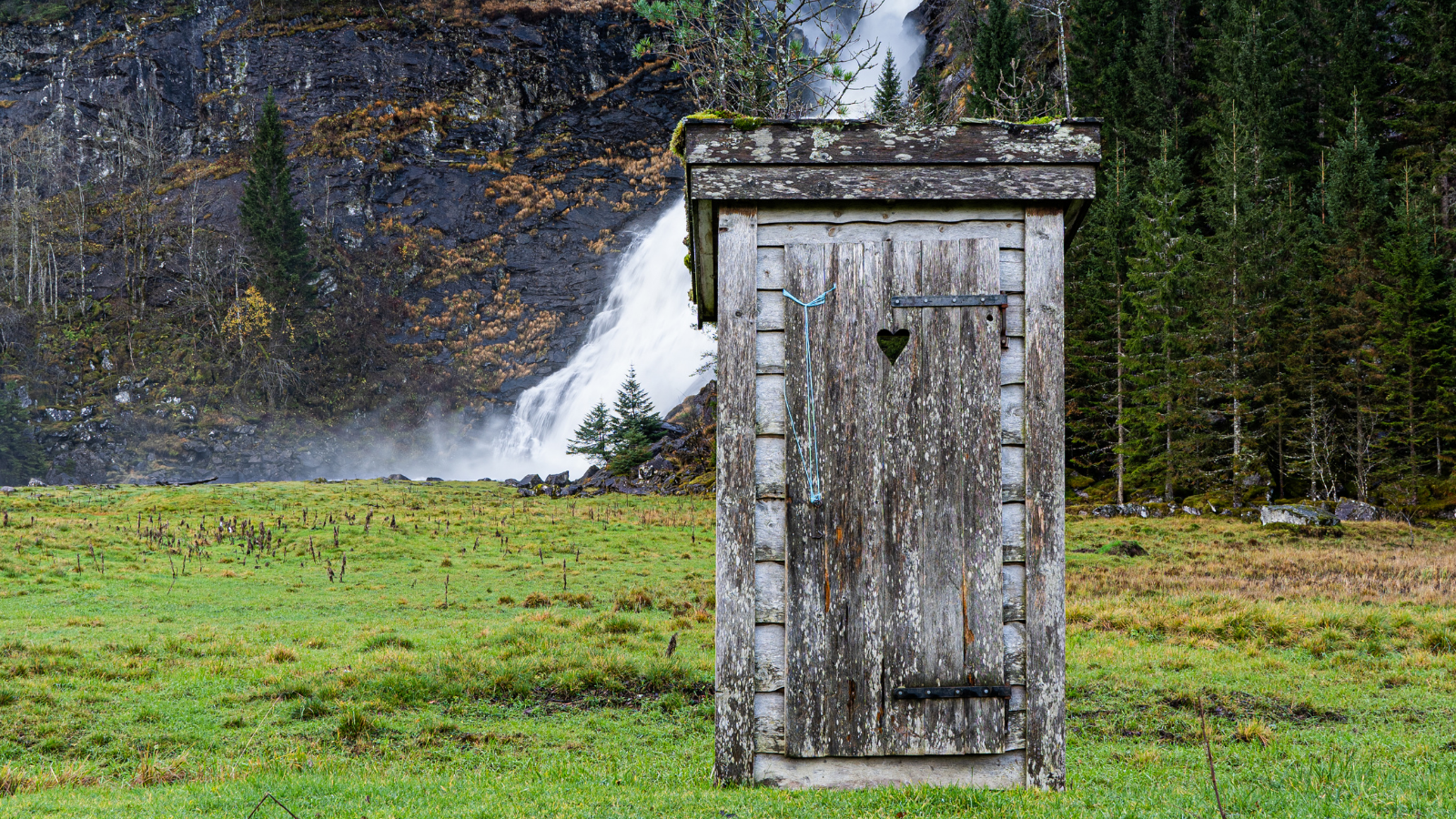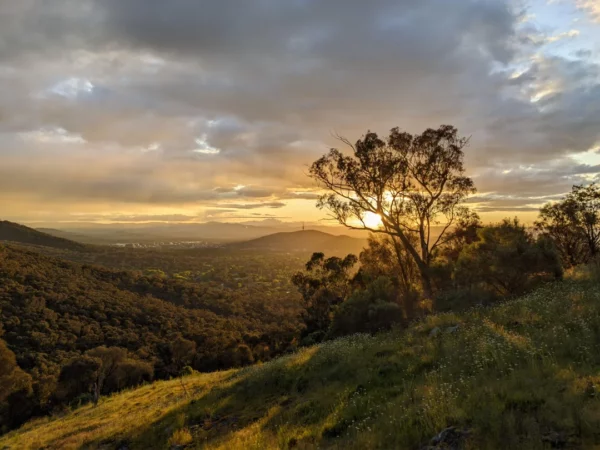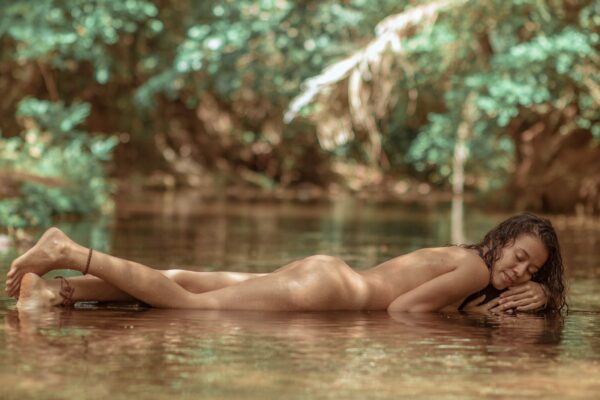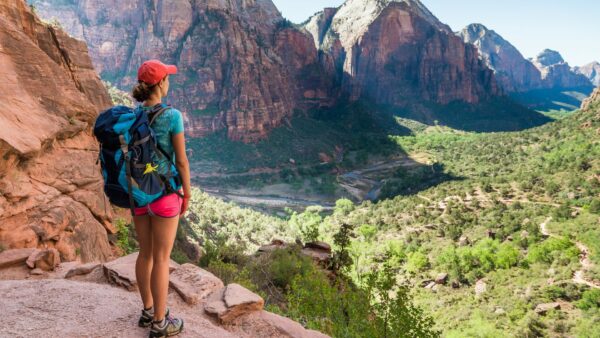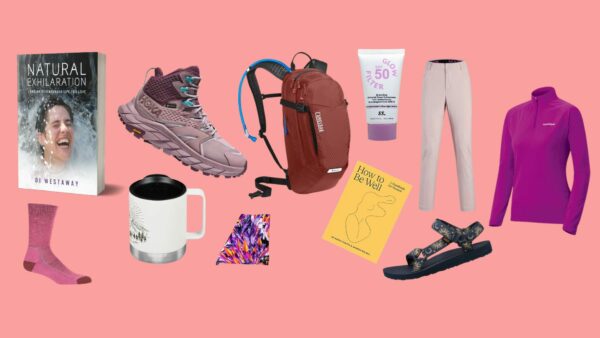Fifteen years ago, I would have been horrified at the thought of doing my ‘business’ anywhere other than a private, sparkling, white, porcelain bowl. Now, in the wilderness, I think nothing of dropping my pants wherever I happen to be standing and doing a wee when nature calls. But periods (let alone bad periods) are a different story, and I’ve had my fair share of embarrassing ones.
Once, when I was trapped on a rocky, dead-end ledge, 4500 meters up Mt Kilimanjaro without a zip-lock bag, l flung (OMG, kids, stop reading now) a used tampon into a ravine. This, incidentally, is something you only ever do once. I was such a bad shot that it got caught in a tree, and dangled like a bright red Christmas decoration. Luckily nobody could see it! It was fully cotton and environmentally friendly so hopefully some carnivore enjoyed it (sorry!!), but I learned a good lesson: learn to throw! Just joking … I learned to ALWAYS carry zip-lock bags and I started using a menstrual cup.
This is not an experience that will be easily understood by many people, nor is it a habit all women adopt. But, in the wilderness, I’ve learned to expect the unexpected. The more time I spend in the wild, the easier it becomes to relax about such things.
An even funnier and more remarkable trick was performed by a friend of mine during a 60km training hike years ago. In the interests of speed, we had agreed that we would limit the number of individual, personal wee stops by all weeing at the same time. If you didn’t get your timing right and you were busting, you would have to duck behind a tree then run to catch up to the rest of the group when you’d finished. Jenny took this team philosophy very seriously indeed.
As we trekked up a gently sloping fire trail in a eucalyptus forest, she sped ahead then suddenly developed a very unusual gait. Wearing very loose-legged baggy shorts, she spread her stride wide and lunged low, bending forward and reaching between her legs. She continued walking as she then straightened up and placed an item into a zip-lock bag. Without missing a beat or altering her considerable pace, she then repeated the action a second time, with a slightly deeper squat and a little more time and effort spent in the middle.
What we had just witnessed was nothing short of miraculous. She had just removed and inserted a tampon while hiking, without skipping a beat, AND she had stowed the soiled item carefully away in a zip-lock bag in her pack. Had I not seen it with my own eyes, I wouldn’t have believed it possible.
Seriously though, having your period when you’re hiking is at best messy and annoying and at worst very, very messy and very, very annoying! Unfortunately, we haven’t yet come up with the perfect solution but we have some tricks and tips to share.

Some of us have tried messing with our cycles by changing the timing of the pill so we don’t get our periods. Others have taken pills and injections to stop them completely. Most of us have just bumbled along with a pack full of tampons, wet wipes and zip-lock bags. But I’ve found that periods have a way of making a splash no matter what I do.
I summitted Mt Fansipan in pink, camouflage shorts (OF COURSE) and as I reached the top, I felt a huge gush. I looked down in horror to discover my super tampon still wasn’t enough. Bloody hell. Literally. On the summit of the highest mountain in Indochina, there were no private spots to mop up, and I had a team of Wild Women On Top following closely behind me. So I dashed behind a small boulder in a panic to get sorted before the guides arrived. I managed to get away with it … sort of. Later that day the girls supportively asked me if I knew I had a stain on my shorts! I know. Eugh. But what can a girl do? Staying home is just not an option.

Another option which some women like is a little device called a menstrual cup. I hear they’re becoming very vogue among eco-conscious millennials, but we were hiking with them WAY before they were cool. A menstrual cup is a cleverly designed “cup” which is inserted into the vagina to collect the blood from your period. When it’s full, you just remove it, tip out the blood, give it a wash or a wipe, and insert it again.
It takes a bit of practice to use and you get quite, erm, up close and personal with your bits, but you’ll save money, protect the environment AND you won’t have to carry around used tampons in zip lock bags … which, of course, is quite gross. You’ll still need your wet wipes though! If you want to find out more about menstrual cups, read this hilarious and informative article by Wild Woman Remi Bell on HuffPost Australia.
In a nutshell, here’s what we recommend:
- Always expect to get your period when you go hiking.
- Always expect to get the worst possible period when you go hiking.
- Always carry a box of tampons, even if you don’t expect to get your period (someone always needs one, and sharing is caring).
- Always carry snack-sized zip-lock bags. Make sure they’re the strongest, toughest bags available with hard-core zips.
- Line your zip-lock bag with foil if you want to be more discrete (although, seriously, who cares?).
- Consider investing in a menstrual cup so you don’t need tampons.
- Always carry plenty of wet wipes.
- Don’t wear short pink camouflage shorts on summit day.
- Consult your doctor if you want to try more extreme solutions.
- Email us if you have any better suggestions!
So wild ones, face your fears! And learn how to go au naturale with some tips from our Wild Women for when you need to pee in the bush or even what to do when you gotto poo on a hike!


